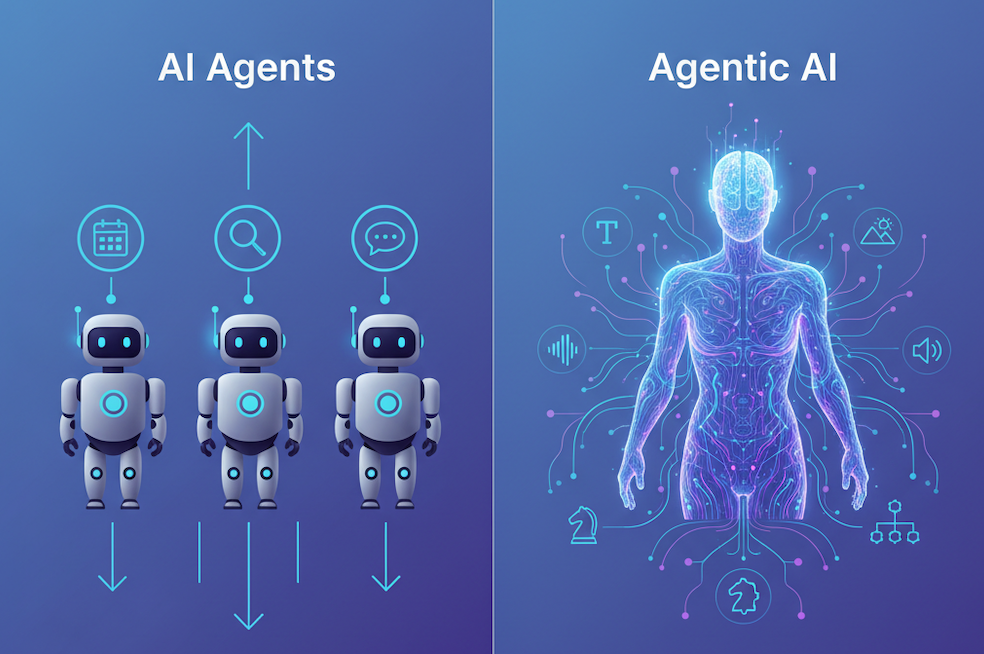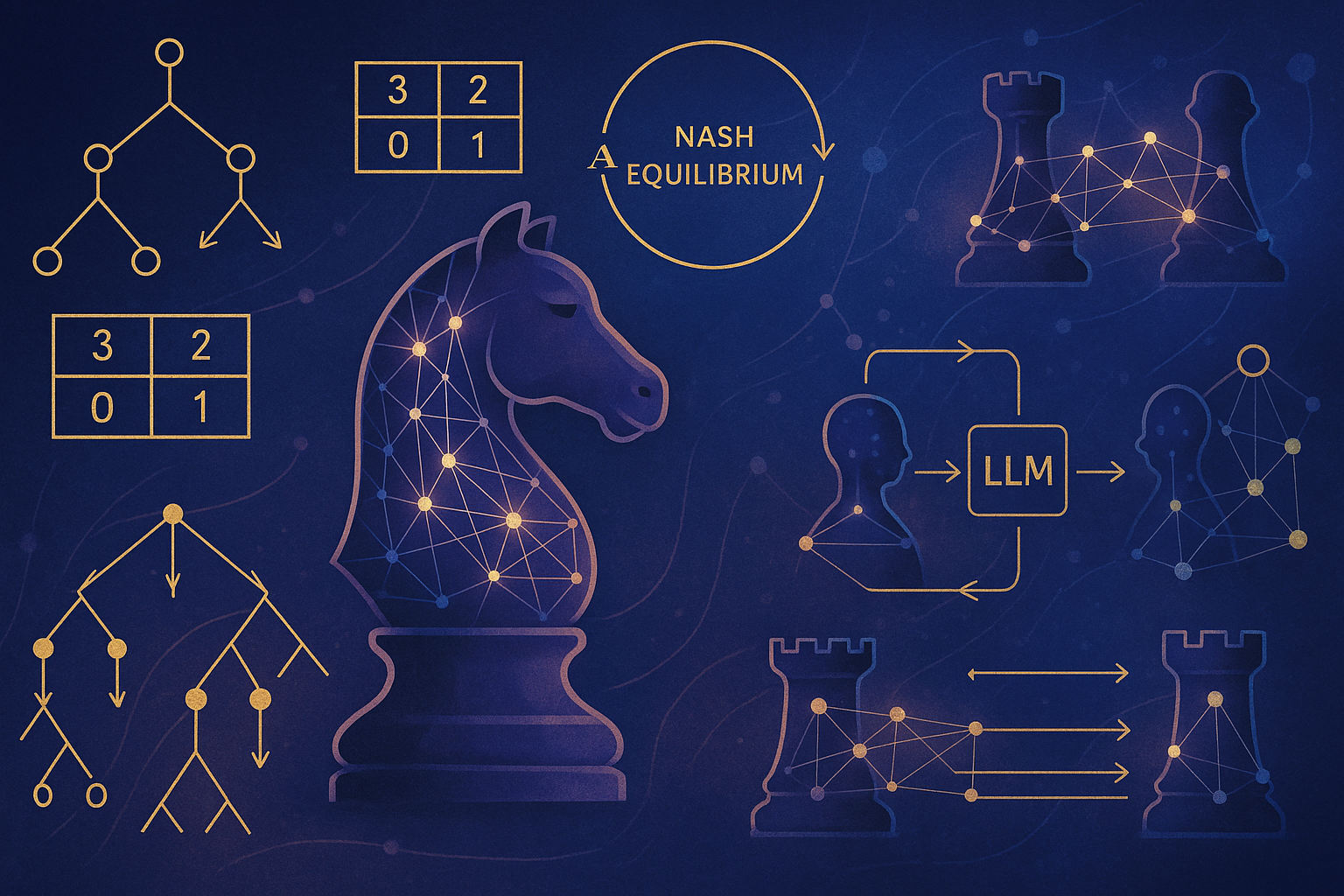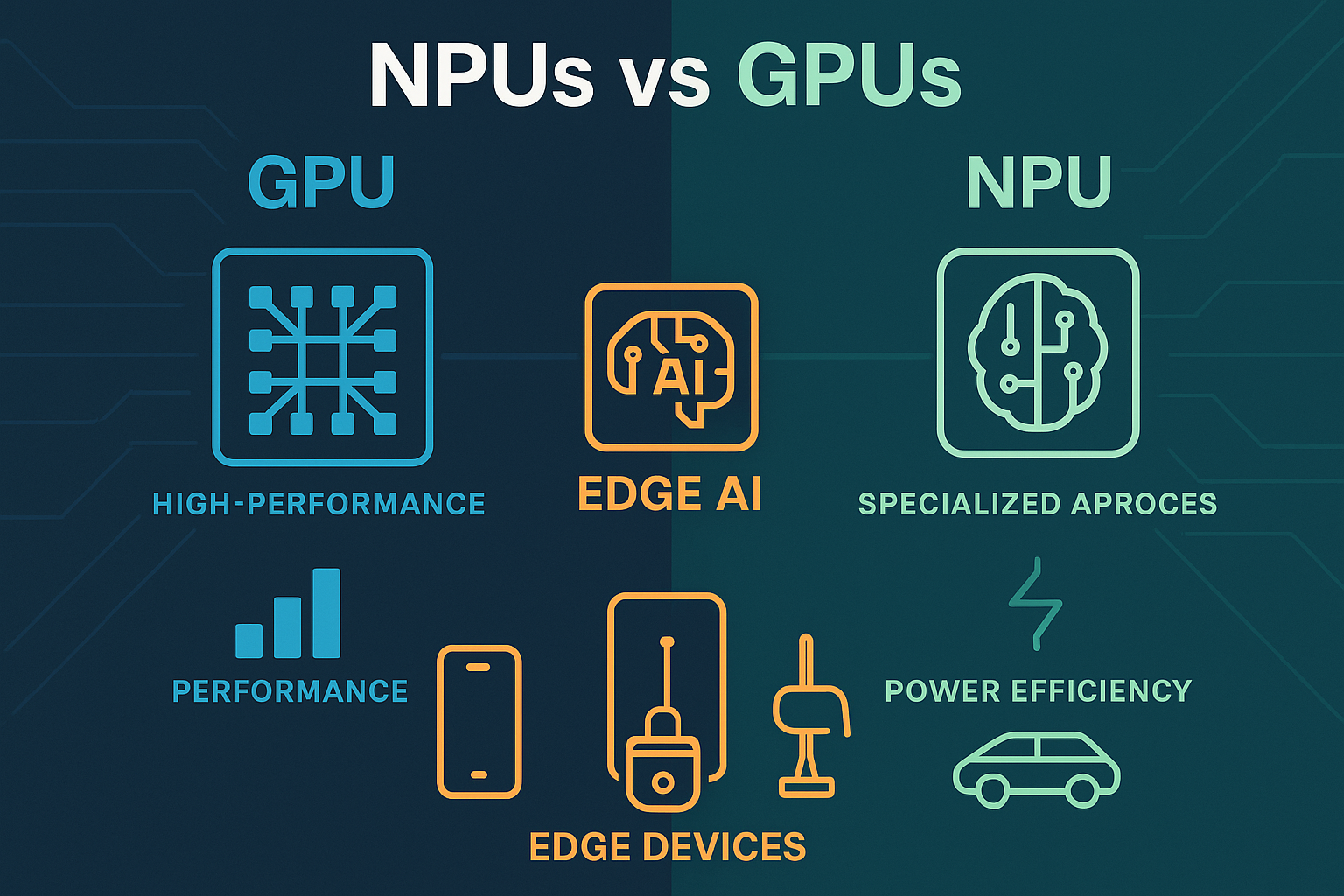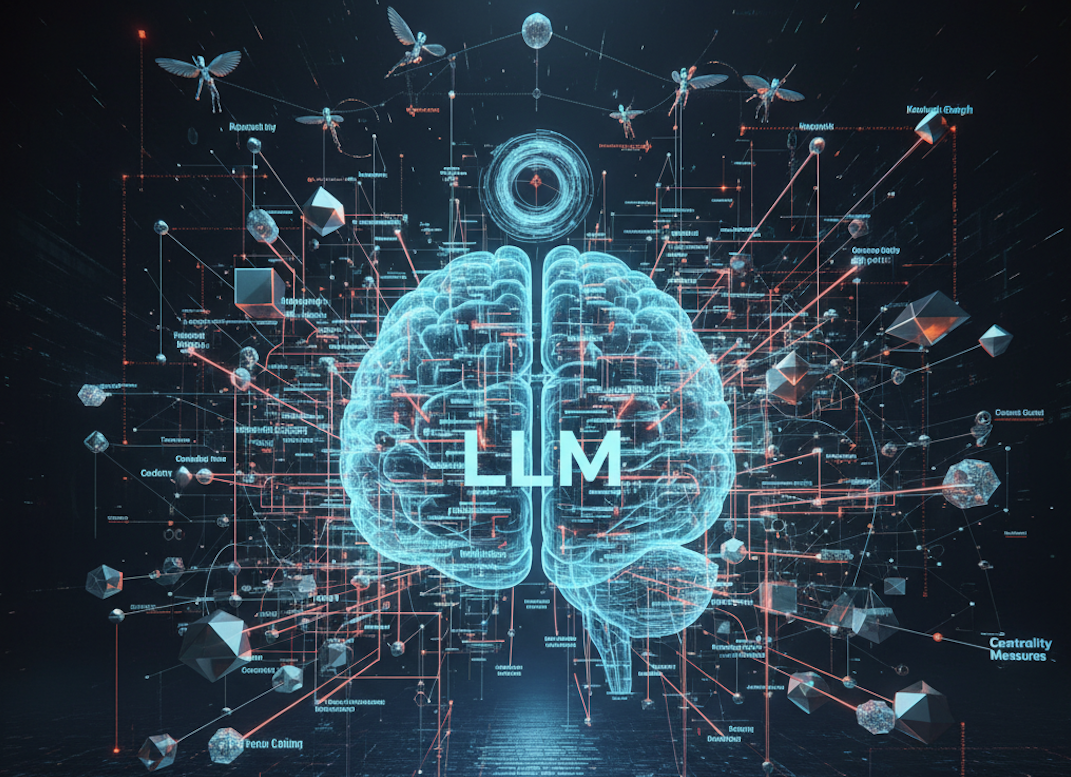Table of Contents
The world of artificial intelligence is rapidly evolving, and with it comes a flood of terminology that can sometimes blur the lines between related but distinct concepts. Two terms that have gained significant traction recently are AI Agents and Agentic AI. While they might sound similar and are often used interchangeably, they represent fundamentally different approaches to autonomous artificial intelligence. Understanding this distinction is crucial for anyone looking to navigate the current AI landscape effectively.
What is an AI Agent?
An AI Agent is a software entity designed to perceive its environment, make decisions, and take actions to achieve specific goals. Think of it as a digital worker with a defined set of capabilities and objectives. AI agents have been around in various forms for decades, from simple rule-based systems to sophisticated machine learning models.
Key Characteristics of AI Agents:
- Goal-Oriented: They are designed with specific objectives in mind, whether it’s managing a calendar, optimizing a supply chain, or playing chess.
- Autonomous Operation: Once deployed, they can operate independently within their defined parameters.
- Environment Interaction: They can perceive and interact with their surroundings, whether digital or physical.
- Decision Making: They have the ability to make choices based on their programming and learned patterns.
Traditional AI agents are often specialized for particular tasks. A chatbot, a recommendation system, or a trading algorithm are all examples of AI agents. They excel within their domains but typically lack the flexibility to operate outside their intended scope.
Examples of AI Agents:
- Reactive Agents: Simple rule-based systems that respond to immediate stimuli
- Deliberative Agents: More complex systems that plan and reason about future actions
- Learning Agents: Systems that improve their performance through experience and feedback
Enter Agentic AI: The Paradigm Shift
Agentic AI represents a more advanced approach to artificial intelligence that emphasizes agency, autonomy, and adaptability. Rather than being task-specific tools, agentic AI systems are designed to exhibit more human-like qualities of reasoning, planning, and independent action across diverse scenarios.
What Makes Agentic AI Different:
Multi-Domain Competence: Unlike traditional AI agents that excel in narrow domains, agentic AI systems can reason and operate across multiple areas. They can switch from answering technical questions to creative writing to data analysis seamlessly.
Self-Direction: Agentic AI systems can set their own sub-goals and determine the best approaches to achieve them. They don’t just follow predetermined pathways but can devise new strategies on the fly.
Contextual Understanding: These systems have a deeper understanding of context and can adapt their behavior based on situational nuances that might not have been explicitly programmed.
Cross-Modal Reasoning: Agentic AI can integrate information from multiple modalities (text, images, audio) to make more informed decisions and provide richer interactions.
Learning and Evolution: Agentic AI continuously learns from interactions and experiences, evolving its capabilities over time without requiring explicit retraining.
Meta-Cognitive Abilities: Advanced agentic AI systems can reflect on their own thinking processes and adjust their reasoning strategies based on performance feedback.
The Technical Foundation
The rise of agentic AI has been largely enabled by the advancement of large language models (LLMs) and multimodal AI systems. These foundational models provide the broad knowledge base and reasoning capabilities that allow for more flexible, context-aware decision making.
Key Enabling Technologies:
- Large Language Models: Provide the foundation for natural language understanding and generation across diverse topics.
- Reinforcement Learning: Enables systems to learn optimal actions through trial and error in complex environments.
- Multi-Agent Systems: Allow multiple AI entities to collaborate and coordinate their actions.
- Neural-Symbolic Integration: Combines the pattern recognition power of neural networks with the logical reasoning of symbolic AI.
- Game-Theoretic Frameworks: Strategic decision-making principles that help agentic AI systems navigate complex interactions with humans and other AI agents.
Conclusion
The evolution from AI agents to agentic AI represents a fundamental shift in how we conceive of artificial intelligence. Rather than viewing AI as a collection of specialized tools, we’re moving toward AI as autonomous entities capable of complex reasoning and independent action.
Understanding the difference between AI agents and agentic AI is more than an academic exercise—it’s essential for making informed decisions about AI adoption and development. AI agents excel at specific, well-defined tasks and will continue to be valuable for targeted applications. Agentic AI, on the other hand, promises more flexible, adaptive systems capable of handling complex, open-ended challenges.
The future of AI isn’t just about building smarter systems—it’s about building systems that can think, adapt, and act with the kind of agency we’ve traditionally associated only with human intelligence.







Start the conversation